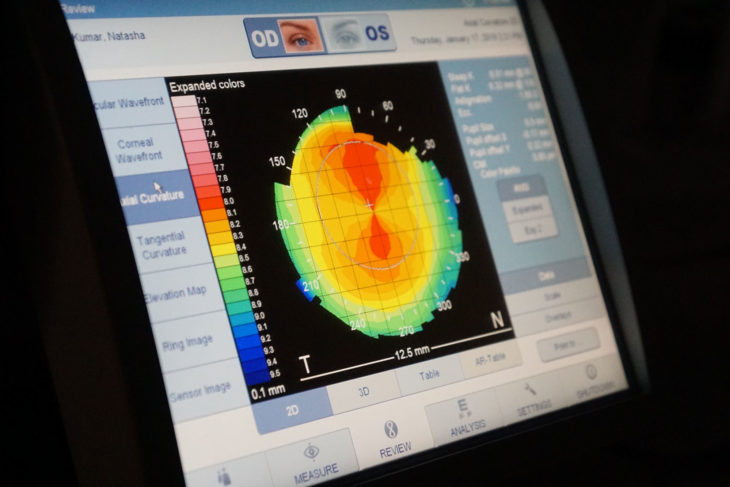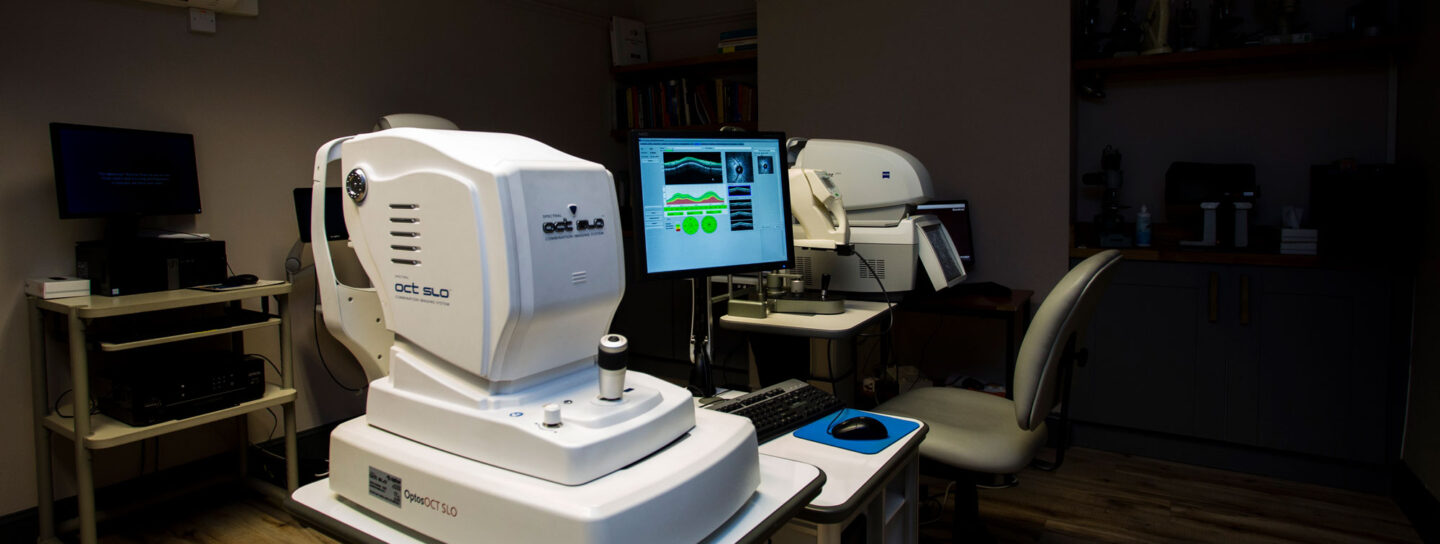
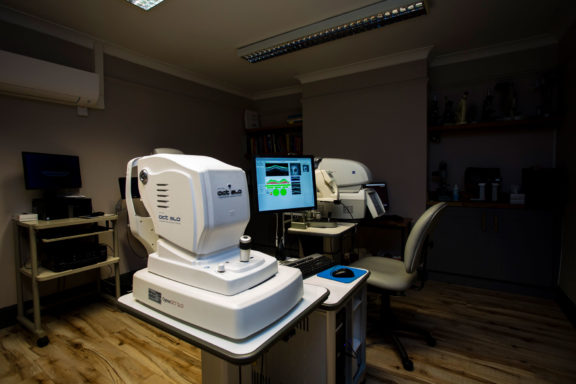
Ortho-K – overnight lenses
Orthokeratology (also known as Ortho-k) is a specialised process of using gas permeable contact lenses to gently change the shape of the cornea to correct a range of short-sighted and astigmatic prescriptions.
It involves the use of highly oxygen gas-permeable lenses that mould the cornea (fully reversible) during overnight wear, leaving the individual with near perfect vision on removing their contact lenses in the morning.
The current technique of accelerated ortho-k has been practised for about 20 years and was originally designed for adults who wished to be both spectacle and contact lens free during the day. In recent years we have expanded the use of ortho-k to include fitting young myopic children as there have been several studies from around the world that suggest a slowing of myopic progression in many children and teenagers (please see the section on our website for Myopia Control).
Our Ortho-k method will potentially correct up to -5.50DS myopia and up to -1.50 dioptres of astigmatism.
Optomap Scan
A painless and quick way of capturing an incredible panoramic view of the majority of the retina, in most cases the images are taken without the need to dilate the pupils.
The Optomap Retinal exam captures nearly the whole of the retina in one step compared to a small view seen by conventional equipment. The difference is dramatic with traditional techniques giving a 30 degree view and the optomap scan giving a 270 degree view.
As the Optomap retinal examination is digital it gives a permanent record of the condition of your retina. This is very important in helping our Optometrists to detect and measure any changes to your retina next time you attend.
We recommend Optomap scans for all adults as an intrinsic part of the eye examination. We also suggest that children from about age 7 and new to our practice should have a scan. If a child’s scan is normal, subsequent scans will be offered, where necessary, at the discretion of the examining optometrist
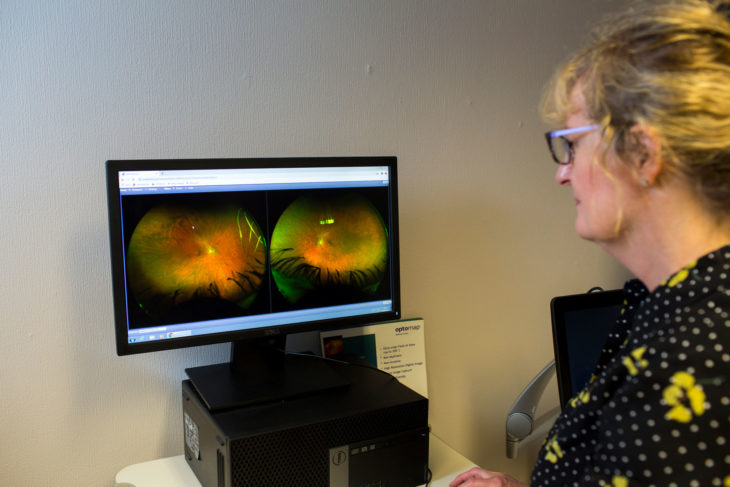
OCT – Ocular Coherence Tomography
A detailed cross-sectional scan of the macula and optic nerve achieved by using infra-red light. Fine detail about the structure of the retinal tissue can be imaged. OCT has become an intrinsic part of modern optometric practice facilitating screening and monitoring for conditions such as age-related macula degeneration and glaucoma.
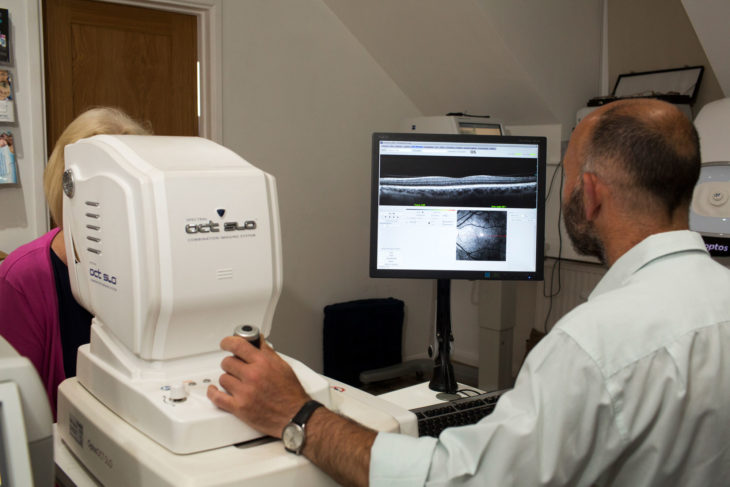
i.Profiler
A clever piece of technology from Carl Zeiss. This auto-refractor can also measure high and low order aberrations which can be key when trying to address night-vision problems.
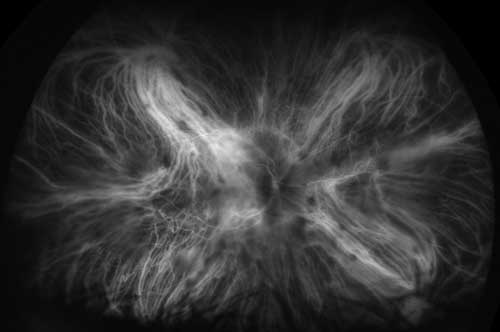
Corneal Topography
A device that can accurately map the curvature and elevation of the cornea. Most useful for fitting complex contact lenses and for monitoring corneal abnormalities such as keratoconus and pellucid marginal degeneration.
